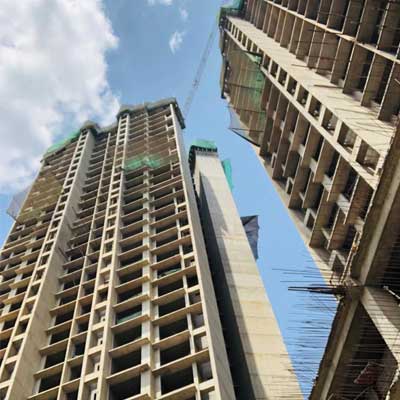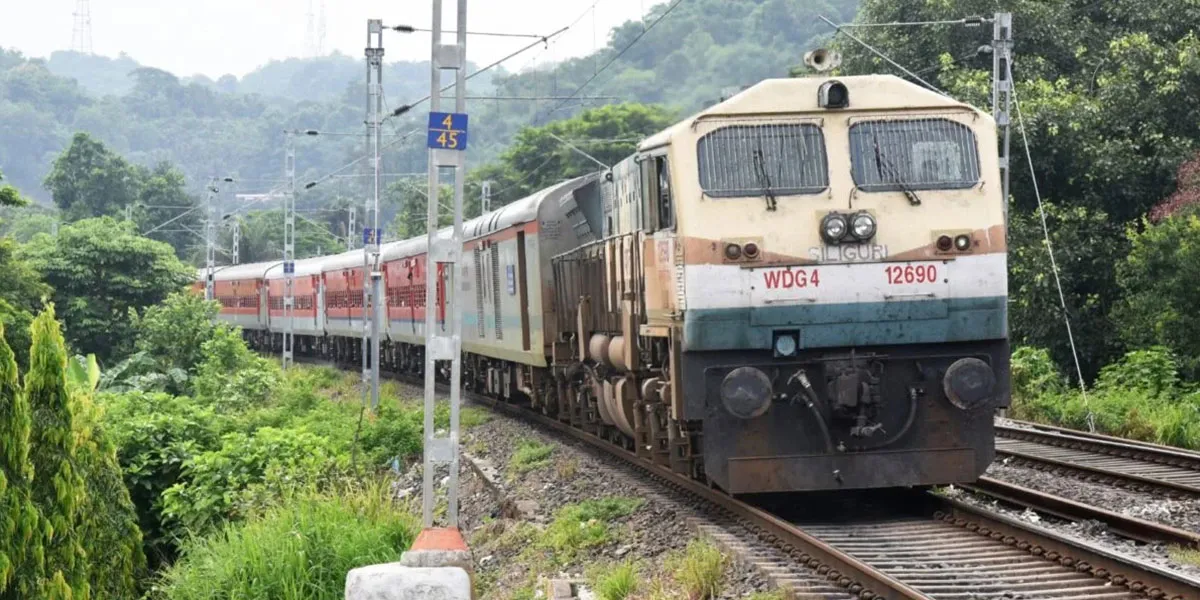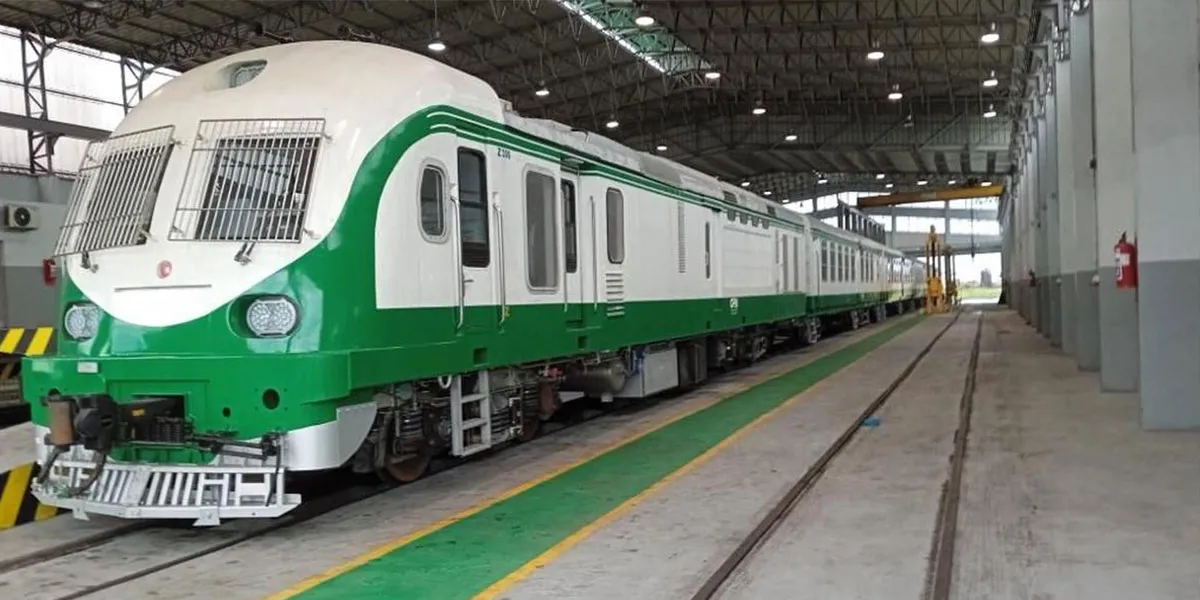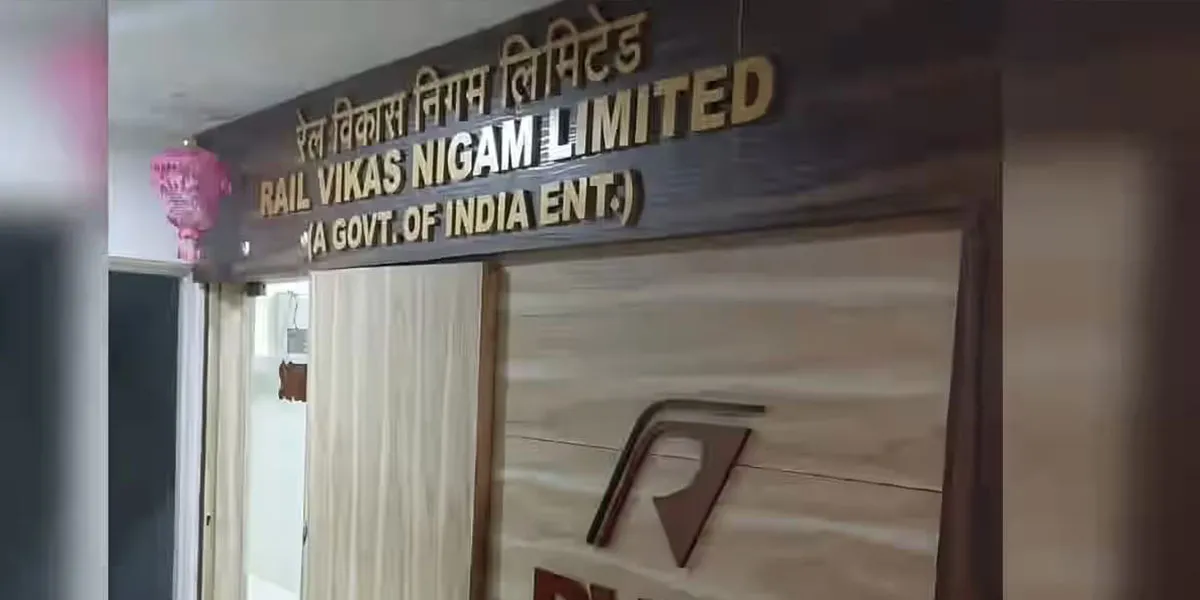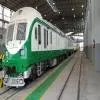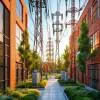The global precast concrete market was valued at $92.14 billion in 2020, and is expected to record a CAGR of 5.3 per cent from 2021 to 2028. Precast is typically associated with benefits such as speedy, accurate construction.
In India, especially, the precast market has huge scope for growth. At present, it accounts for only about 2 per cent of the total construction market by value with cast-in-situ construction enjoying the balance.
To understand why precast has not made inroads into the Indian construction market, we will first need to rewind to the nineties.
Precast’s failures
Precast technologies were used in residential projects in Navi Mumbai as far back as in the 1990s, points out Alok Agarwal, Director, Projects, Adhiraj Constructions. “However, the lack of proper knowhow and skills covering the jointing of staircases and columns and beams adversely impacted the quality of structures. The buildings started to give way within a few years and we saw so many customer complaints.”
Sudharshan KR, Chief Project Officer, Mahindra Lifespaces, recollects visiting Mumbai 15 years ago to see a rehab project that was undertaken as precast. “At the time, the industry associated precast with benefits such as no leakages and greater longevity but saw a disadvantage in being unable to construct taller than ground plus four.”
Fast-forward to the present.
“Precast is picking up but it has yet to pick up speed,” observes Agarwal.
Why?
“As of now, we are into cast in situ and moving forward we will be into precast,” shares Kalyanaraman Nallathambi, COO, Navin’s. “However, the input costs in precast are at least 20-30 per cent higher than conventional methods. When you cater to affordable homes and mid-segment apartments, cost is everything; it determines the sale.” He believes pricing is responsible for the low absorption of precast in the residential sector. Besides, he points out that customer complaints owing to technical issues in precast elements start after just two years.
Making precast work
The fact is that precast becomes cost-effective only when the volumes involved are very high and the capital cost can be spread over large projects, explains Agarwal.
Munish Taneja, Executive Director, Store One, Indiabulls elaborates in greater detail: “When you adopt precast in the long run and over multiple projects, your cost can be shared. This upfront cost can be about Rs 100-150 million if you use imported technology and around Rs 50-70 million if you use technologies from the eastern part of the world. It takes two to three years to recover the investment in a precast yard assuming it can cater to multiple projects.”
He points out that companies that initially set up yards for their own use but found their equipment idling have tied up with external projects to supply them precast components, and earn additional revenue in the process. Or, nowadays, specialised precast suppliers are also coming up in metro cities, who set up precast yards and supply customised precast components to various projects in the area.
The location of the yard is critical. As element transportation is a fairly high cost in the precast industry, having a distant centralised plant feeding site would not work, explains Agarwal. “A yard feeding big projects nearby is the ideal situation.” Alternatively, he proposes tiding around the long gestation period of a precast yard by opting for hybrid structures where a few elements are cast in situ and supplemented with precast components that can be easily cast and customised and placed in position.
Agarwal also points out that precast technology is best suited for mass housing projects located in open areas, in the outskirts of cities where there is likely to be enough space to set up precast yards.
With precast projects typically being short term, usually lasting 10-15 months, Taneja also emphasises that there is no point in buying capital assets such as batching plants, gensets, concrete pumps, mobile boom placers and tower cranes for such a short duration, when you can rent these, thus eliminating the hassles of operation, maintenance and storage.
Sudharshan laments the high rentals, especially of hydras and telescopic tower cranes to handle precast elements. But, he suggests, “reduce rentals with an advanced planning mechanism like just-in-time management, when you know exactly what element is going to be placed when and arrange accordingly.”
Skilling is another activity that would help further the attention to every aspect of precast and make for better outcomes.
“Precast isn’t just about the casting of the elements but about minute details like the shutters, magnets, connectors, profile joints and the tilting machines, and handling and transporting the elements,” says Sudharshan. “Embracing the technology in total would help push precast in mainstream projects.”
A lot of precast manufacturers are talking about pods such as toilet pods, etc; these would help further the adoption of precast, he adds.
With RERA instituting a five-year guarantee on homes, Nallathambi proposes that precast suppliers take responsibility for the components they supply.
Precast in infra
Precast is not new in infrastructure projects. Most bridges are being constructed as hybrid structures where girders are cast in a certain place and transported to site, and components like slabs, railings and piers are done in situ, points out Agarwal. This makes sense because most bridges are constructed in cities in congested areas with space limitations where traffic management is a concern.
Precast is also common in metro projects and metro stations, he adds.
Future-friendly precast
Acceptability for precast is definitely growing.
In Bengaluru, the Provident Sunworth housing project was completed in just 15 months as against the expected time of 36 months using precast technology. Sobha and Tata have also adopted precast for several projects.
Sudharshan estimates that 20-30 per cent of construction is being completely done in precast. Government initiatives such as ‘Housing for All’ and RERA, which necessitates sticking to a committed turnaround time, as well as commercial projects are expected to promote usage.
“We have seen 20-30 per cent higher demand for rental equipment for precast projects in the past three years, especially for commercial projects,” says Taneja. “For instance, in a pocket like Hyderabad we are providing large-sized tower cranes to about 10 projects involving the construction of hybrid structures with precast construction. Precast is more successful in commercial projects as they are not as complex as residential projects, which see more challenges, such as fixing elements.”
While precast makes sense when you want to construct a building fast, Agarwal points out that in the residential sector you sometimes cannot or don’t want to construct a building too fast because payment realisations from customers are staggered. However, he is quick to add that companies that focus on precast have been doing well and been able to complete their projects much faster.
“The industry has moved from framework to monolithic structures and we are deploying aluminium formwork to manage with less labour and cut the slab cycle from 18 days to 7 days,” observes Suhas Dhuri, Concrete Consultant, e-cube Concrete Consultants. “Now, it is high time we moved into precast to achieve high speed in construction.”
Indeed.
Containing cost of concrete
Price rise, price instability and the drying up of credit lines are the biggest issues in the concrete and cement space.
“Price instability has become a big concern after COVID-19, when demand for cement had sharply risen,” says Alok Agarwal, Director, Projects, Adhiraj Constructions.
“We have seen 20-24 per cent price rise in cement, which has adversely impacted the input cost of construction,” observes Kalyanaraman Nallathambi, COO, Navin’s.
Sourcing cement is no challenge but it has now become like a cash-and-carry industry, according to Agarwal. “Credit is a challenge.”
The disturbance and lockdowns owing to the pandemic and the sharp rise in diesel prices have created a lot of pressure on cement, agrees Munish Taneja, Executive Director, Store One, Indiabulls. In the long run, he sees the situation normalising, which would be good for the industry.
For now, however, the industry can focus on cutting costs by adopting innovative blends.
“Although the cost of cement and logistics is increasing, the cost of concrete is not,” points out Suhas Dhuri, Concrete Consultant, e-cube Concrete Consultants. “Everyone knows about micro silica, and processed fly ash/GGBS (ground granulated blast furnace slag) but there are many other microfine materials available that can help improve the finishes and durability of a building and minimise pumping issues. Blending microfine materials not only delivers a cost benefit but enhances durability. Your repair-free period could extend from five years to 10 years or more. Expertise is available to optimise mixes using supplementary cementitious materials [SCM] up to 70 per cent, as against 80 per cent that is being practiced in Europe.”
In Mumbai, he observes that the utilisation of fly ash/GGBS is increasing and this combination is excellent for durable concrete and even architectural concrete as well as for foundation of high-rise structures to limit the maximum core temperature and reduce thermal shrinkage cracks.
Earlier, RCC consultants would design the concrete and get the necessary approvals but now concrete experts are at hand to help enhance product outcomes and optimise the cost of raw material with recommendations from the wide array of alternatives available, continues Dhuri. “For instance, we worked on a project where the customer wanted to achieve 50 MPa in 18 hours. With the sort of admixtures and MFM available, you can play with the inputs to achieve whatever strength you want at whatever age you want.”
Everyone can make concrete but the optimisation process is rarely adopted, he adds. “Concrete is dynamic; changes in raw materials over the course of a project have to be considered and the concrete mix proportions optimised at regular intervals.”
In Europe up to 80 per cent of the cement in concrete is being replaced by fines but in India we are still struggling with 50 per cent, observes Sudharshan KR, Chief Project Officer, Mahindra Lifespaces. “We’re happy with 30-40 per cent but the Government wants to push this switch to make construction more sustainable. What might help the industry overcome its apprehension about using replacements like GGBS is the innovation spree in cement and concrete by well-known brands. Companies are developing products to improve sustainability and lower the industry’s CO2 footprint.”
JSW is coming up with a GGBS blended product, adds Sudharshan. “Once you replace cement in concrete, the price can be brought down. Companies like Mahindra, which counts almost every project as Gold or Platinum-rated, look forward to new sustainable concrete products so we encourage pioneering work in concrete.”
Bring on the new blends!
- CHARU BAHRI
